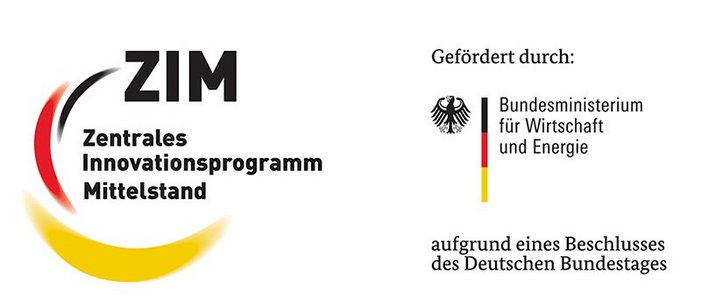Design of a high power redox flow stack
The aim of this project was to optimize existing vanadium redox flow cell stacks based on novel bipolar foils (BPF) in such a way that the full potential of the BPF can be exploited with the resulting system. To this end, a 3D model of a half-cell was first created in order to determine a referential flow profile using CFD simulation. As these BPFs were a new technology, the optimum use of the films in the cells had not yet been researched further. However, experience with conventional bipolar plates indicated that the use of a flow field could increase the performance of the stack by reducing the pressure loss and improving the mixing of the electrolyte in the cell. Due to the material properties of the BPF, conventional milling as with bipolar plates was not possible, so the foils had to be embossed. Due to the low thickness of the BPF and the limited processing options, the classic flow fields could not be used. Furthermore, the BPFs could not be provided with the same flow field on both sides, which further restricted the design options. Nevertheless, several possible designs were identified and imprinted on the BPF by one of the project partners. The practical pressure loss measurements of these embossed foils showed that the pressure loss in the cell could be reduced in this way, thus lowering the operating costs of the stack.
